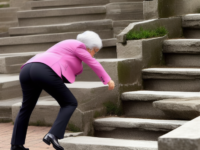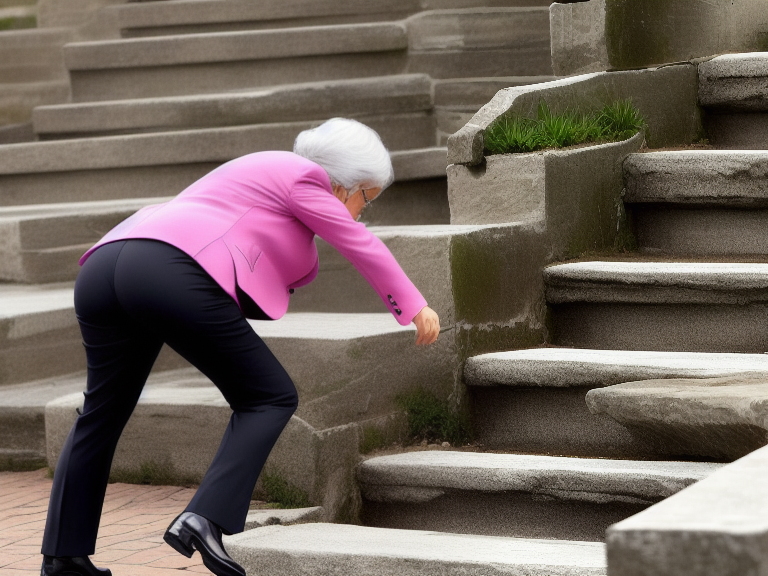Falls are a common problem among older adults, with statistics showing that more than one in three experience at least one fall each year. As individuals age, the risk of falls increases, and this risk is higher for women than men. Falls can lead to serious consequences such as hospitalization, loss of independence, and even death. In fact, falls are one of the top risk factors for deaths and disability in Australia.
To prevent falls, the World Health Organization (WHO) recommends that older adults engage in 150-300 minutes of moderate-intensity physical activity per week. This includes structured exercises that target balance and function. While previous studies have shown that meeting these recommended activity levels can reduce the risk of falls in the short term, the long-term effects have yet to be examined.
A recent study conducted by the Australian Longitudinal Study on Women’s Health (ALSWH) aimed to investigate the relationship between long-term physical activity participation and falls among women. The study followed participants for a period of 18 years, collecting data on their physical activity patterns and falls.
The study identified five distinct patterns of physical activity participation over the 18-year period, ranging from consistently low levels of activity to consistently high levels. The results showed that women who maintained consistently high levels of physical activity had a lower risk of falls compared to those with less active patterns. However, this association was only significant for non-injurious falls and not for injurious falls.
These findings support previous studies that have shown a higher risk of falls among individuals with consistently low levels of physical activity. Additionally, the study found no evidence of an increased risk of falls among those with increasing levels of physical activity. This suggests that maintaining physical activity at the recommended levels is crucial for preventing falls in older adults.
The study also highlighted the benefits of physical activity beyond fall prevention. Previous research has shown that physical activity improves physical function, reduces frailty, and promotes bone health, all of which are risk factors for injurious falls among older adults.
Overall, this study emphasizes the importance of maintaining regular physical activity throughout life. By meeting the recommended activity levels, individuals can not only reduce their risk of falls but also improve their overall health and well-being.
Read more here.



















0 Comments